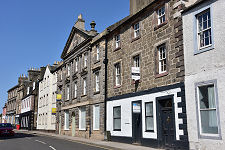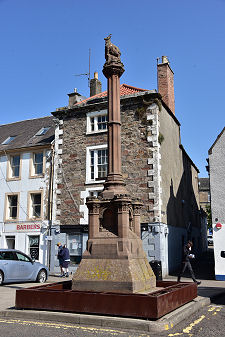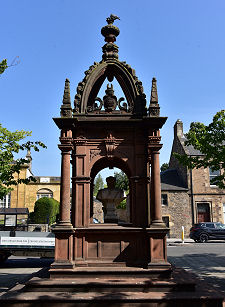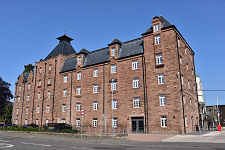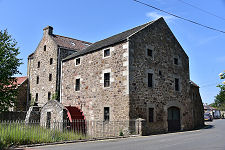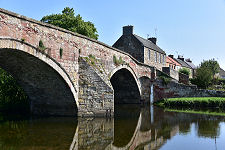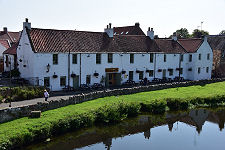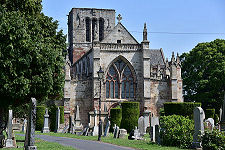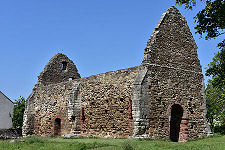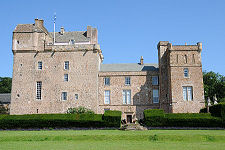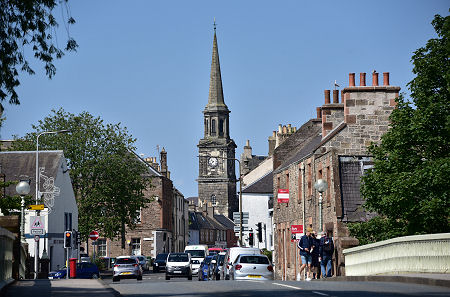 Approaching Haddington Over Victoria Bridge |
Haddington lies on the Great North Road, twenty miles east of Edinburgh. Though now bypassed by the A1, its position means it has long served as a gateway to Edinburgh and central Scotland. This has placed it in the path of the many marauding armies that have followed this route over the past thousand years.
Haddington's origins lie far back in history and there was certainly a sizable settlement here by 1000. In the 1100s David I made it a Royal Burgh and the county town of Haddingtonshire. From 1139 there was a Franciscan church here, and Ada of Northumberland established a nunnery a little to the east in the 1150s. A remnant of the nunnery property survives in the shape of the ruin of St Martin' Kirk. A friary and a royal castle were established during the 1200s.
The 1300s saw the town suffer repeatedly from the attentions of English armies and in 1358 the River Tyne flooded much of Haddington and washed part of it away. Despite all this Haddington continued to grow in size and influence. Through its port at Aberlady, five miles to the north, it established important trade links with northern European ports.
The late 1400s saw the completion of St Mary's Church, the largest parish church in Scotland. This replaced an earlier church of the Grey Friars, which had been known as the Lamp of Lothian, until it was destroyed by the English in 1356. There were more setbacks in the 1500s and in 1548 another English army was in control of the town. (Continues below images...)
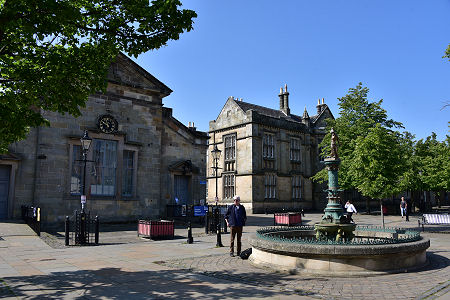 Court Street, Corn Exchange and Council Offices |
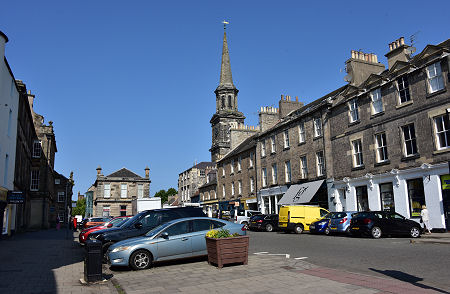 High Street |
Though historically on the main road to Edinburgh, Haddington was missed out when the railways came to Scotland. It ended up being served by a branch line which closed in 1968. The only evidence of this today is the Railway Hotel, at the western end of Court Street.
Haddington was also a very early recipient of a road bypass. From the 1930s the traffic along the A1 was taken out of the town along a new road to the north. In the 1970s a new dual carriageway A1 was built, a little north again of the original bypass. More recently this has itself been upgraded as part of wider improvements to th A1 east of Edinburgh.
The centre of Haddington is built attractively around the core of High Street and Market Street. This gives two nearly parallel market areas, separated by buildings and a warren of wynds and lanes. The mercat cross is in High Street and the two streets come together at their western end on either side of the Town House. This was built in 1742 with some of the textile wealth then starting to flow into the town, and its spire dominates many views of Haddington. It continues to be used today by East Lothian Council.
To the west of the Town House is Court Street. Here the street layout and grand buildings contrast strikingly with the earlier pattern of building evident in High Street and Market Street. The main council offices have broad pavements in front of them, decorated with fountains and monuments. On the north side of Court Street is a collection of very fine buildings, two of which remain in use as banks. Here, too, is Haddington's post office. This can trace its history back to 1603 when it was one of the very first post offices in Scotland, servicing the mail between the newly unified capitals of Edinburgh and London.
A mile to the south of Haddington is the magnificent Lennoxlove House, home to the Dukes of Hamilton.
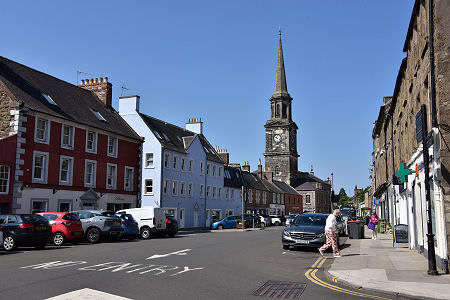 Market Street |
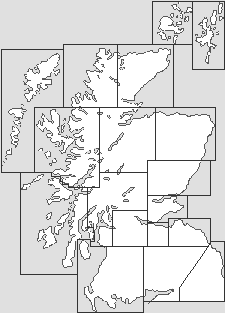
|
|
|
Visitor InformationView Location on MapWhat3Words Location: ///lend.super.bits |
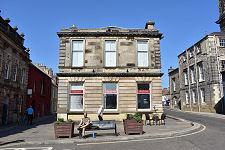 John Gray Centre from High Street John Gray Centre from High Street |
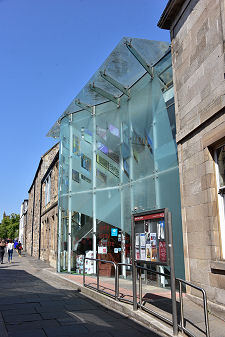 John Gray Centre John Gray Centre |
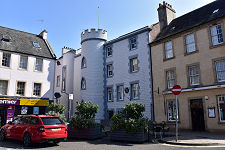 East End of High Street East End of High Street |
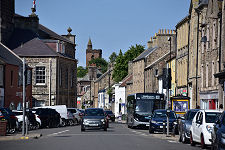 Market Street Market Street |
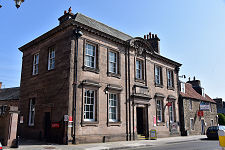 Post Office Post Office |
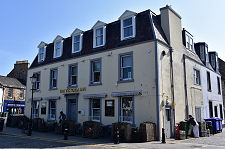 The Victoria Inn The Victoria Inn |
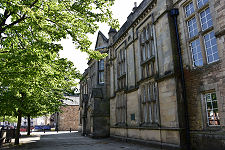 Council Offices Council Offices |
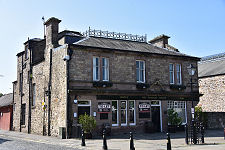 The Plough Tavern The Plough Tavern |
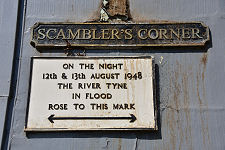 1948 Flood Markings 1948 Flood Markings |
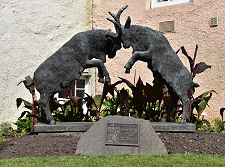 The Goats of Haddington The Goats of Haddington |
